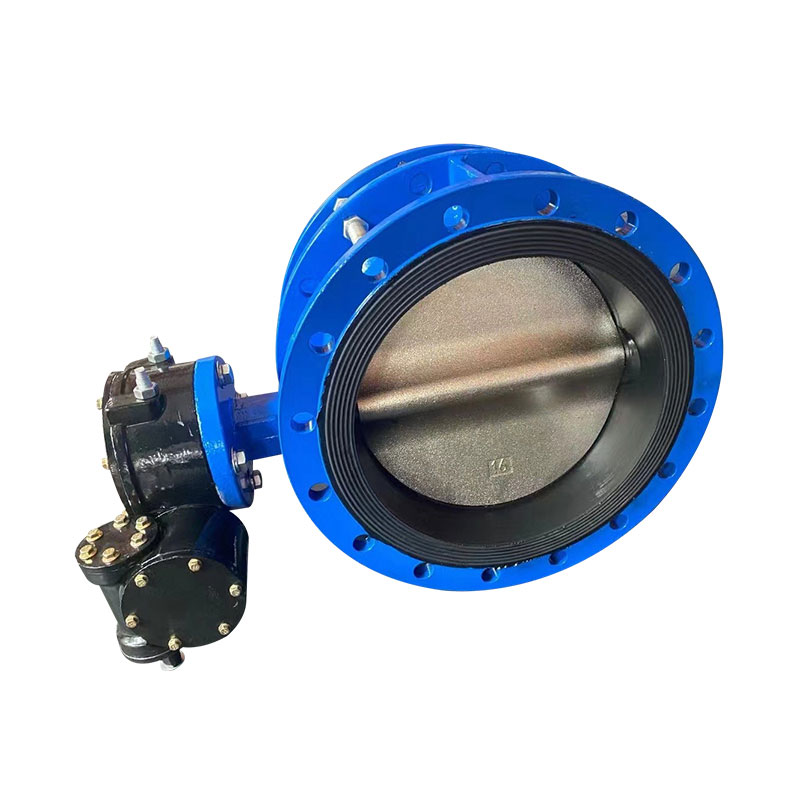

ANSI butterfly valves are widely used in various industries for regulating flow in pipelines due to their compact design and ease of operation. While these valves offer many advantages, it is important to understand the safety considerations associated with their use to ensure safe and reliable operation. Being aware of these factors can help prevent accidents, equipment damage, and costly downtime.
One of the primary safety considerations when using ANSI butterfly valves is proper installation. Incorrect installation can lead to leaks, valve failure, or unsafe operating conditions. It is essential to follow the manufacturer's guidelines and relevant ANSI standards during installation. This includes ensuring that the valve is correctly aligned with the pipeline and that flange connections are tightened evenly to avoid excessive stress on the valve body. Using the wrong gaskets or improper bolt torque can also compromise the valve's sealing and safety.
Operating pressure and temperature limits must be respected when using ANSI butterfly valves. Each valve is designed to function within specific parameters, and exceeding these limits can damage the valve or cause a hazardous failure. Operators should verify that the pressure rating of the butterfly valve matches the system's operating conditions. Additionally, temperature variations can affect the valve's materials, particularly the seat and sealing components, which may degrade or deform if exposed to conditions beyond their rated capacity. Regular monitoring of system pressure and temperature helps ensure the valve operates safely.
Proper valve maintenance is another important safety aspect. Routine inspections can detect wear, corrosion, or damage that might impair the valve's function. For instance, the disc, shaft, and seat of an ANSI butterfly valve are subject to wear over time, especially in abrasive or corrosive environments. Replacing worn parts promptly reduces the risk of leaks or sudden failures that could pose safety hazards. Lubrication of moving parts, where applicable, also supports smooth operation and helps prevent mechanical issues.
When working with ANSI butterfly valves, personnel should be trained in safe handling and operation procedures. Valve actuation can involve significant force, especially in larger sizes or high-pressure systems. Operators must be aware of the proper method for opening and closing the valve to avoid sudden pressure surges or water hammer effects that could damage the piping system or cause injury. Using gear operators or automated actuators correctly, and understanding their safety features, contributes to safer valve operation.
Another safety consideration is the potential for trapped pressure or hazardous fluids near the valve during maintenance or repair. Before disassembling or servicing an ANSI butterfly valve, the pipeline should be properly isolated, depressurized, and drained if necessary. Failure to do so could expose workers to unexpected fluid release or pressure discharge. Implementing lockout-tagout (LOTO) procedures helps ensure that the valve and associated systems remain in a safe state during maintenance activities.
Material compatibility is a critical factor affecting safety when selecting an ANSI butterfly valve for a particular application. The valve body, disc, and sealing materials should be compatible with the fluids in the system to avoid chemical reactions, corrosion, or degradation. For example, using a valve with incompatible rubber or elastomer seats in aggressive chemical service could result in rapid wear or leakage, increasing the risk of environmental contamination or injury.
Emergency shutdown and fail-safe features may be important depending on the application. Some ANSI butterfly valves can be equipped with locking mechanisms or position indicators to prevent accidental operation or to provide a clear status of the valve's position. These features help enhance safety by reducing the chance of human error or unauthorized valve movement, particularly in critical systems.
It is essential to use ANSI butterfly valves that comply with recognized standards and certifications. Valves manufactured according to ANSI specifications are designed to meet safety and quality requirements, ensuring reliable performance under specified conditions. Purchasing valves from reputable suppliers with documented compliance helps reduce risks associated with substandard products.

